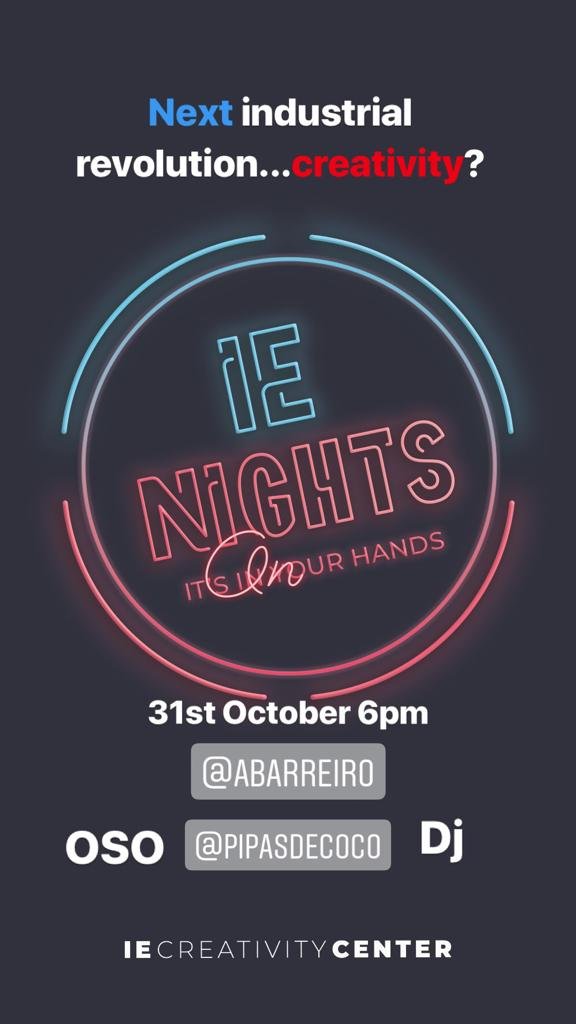The Palacio de Gaviria in Madrid is currently hosting an exhibition of the artworks of the Brueghel family until the 12 of April 2020.
The exhibition consists of over 100 works (paintings, drawings, and engravings) and arrives to Madrid after passing through Paris, Rome, Tel Aviv and many cities in Japan where it was very well received. This exhibition is not to be mistaken with other Bruegel exhibitions that are also taking place in Europe at the moment in celebration of Pieter Brueghel the Elder’s 450th anniversary, such as the one that took place in Vienna or the one in Brussels. Although the exhibition in Madrid is much smaller than the other two, it is still a nice opportunity to get to know the masterpieces of a great artistic dynasty that shaped Flemish art during the 16th and 17th centuries, as it features both works of Pieter Bruegel the Elder and other of his family members.
Anyone interested in a better understanding of the Renaissance will enjoy this exhibition. Pieter Brueghel the Elder, in line with the humanist spirit of his time, painted many landscapes, depicting in a very realistic and detailed manner, peasant life during the 16th century. In fact, many of his contemporaries dubbed him “Peasant Brueghel”.
Furthermore, Brueghel’s works, according to art historians, provide an interesting form of social critique. While many of his contemporaries ridiculed the peasantry, Bruegel depicted the life of peasants in a warm and empathic way. Often, the viewer will find one of the figures in his landscapes looking straight at him or her, creating a feeling of intimacy.
These paintings also reflect a philosophical inquiry into human nature. Bruegel often depicted people engaging in viceful behavior, such as overindulging in food and drink. However, although this provided most members of the higher classes with a basis to treat peasants with contempt, Bruegel seemed to find such behavior amusing and rendered it on his canvases in a humorous way. While his counterparts in Italy were attempting to present idealized versions of humans, Brueghel was embracing the common man with all his flaws.
Besides, Brueghel had a very original style, a form of narrative composition. He often depicted large landscapes, packed with many figures that were usually organized in various groups across the canvas. His paintings, therefore, transmit the chaos and unruliness of social life still present at that time from the Middle Ages.
Exhibitions such as this one are a great way of expanding one’s general knowledge of culture; in other words, they are a wonderful opportunity to learn more about history and art. Exhibitions can also be very inspiring, as the value of the masterpieces they showcase usually does not lie solely in the technical abilities of their painters but rather in the ideas behind them. Brueghel’s paintings are worth seeing as they were considered innovative at the time of their creation as they offered a different point of view on important matters of the time.
Illustration provided by Palacio de Gaviria’s website







